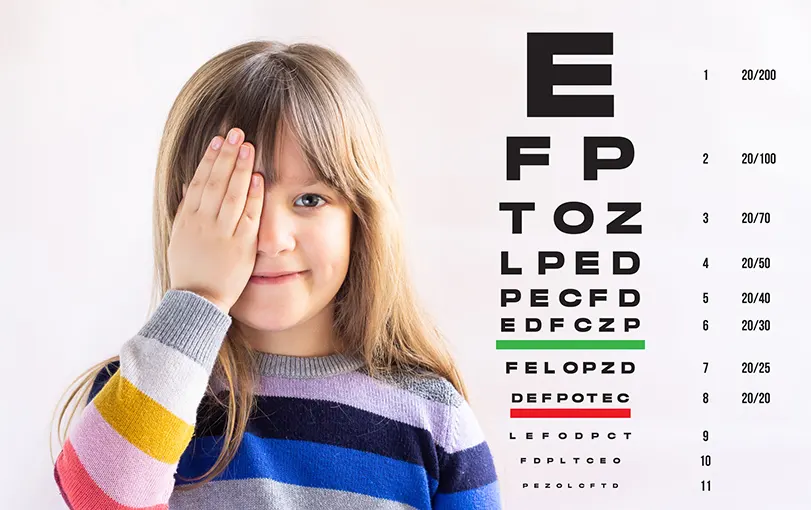
Our eyes are intricate and delicate organs that can be susceptible to various vision disorders and conditions. Understanding these common eye conditions is essential for early detection, proper management, and preserving our vision. In this blog post, we will explore some prevalent eye conditions, their causes, symptoms, and available treatment options. By familiarizing ourselves with these conditions, we can take proactive steps to maintain our eye health and seek appropriate care when needed.
Myopia (Nearsightedness):
- Defining myopia and its characteristics.
- Discussing the causes and risk factors of nearsightedness.
- Exploring the symptoms and impact on vision.
- Discussing corrective measures such as glasses, contact lenses, and refractive surgeries.
Hyperopia (Farsightedness):
- Explaining hyperopia and its characteristics.
- Understanding the causes and risk factors of farsightedness.
- Recognizing the symptoms and potential impact on vision.
- Discussing corrective options, including glasses, contact lenses, and refractive surgeries.
Astigmatism:
- Defining astigmatism and its effects on vision.
- Explaining the causes and risk factors associated with astigmatism.
- Identifying symptoms and visual distortions.
- Discussing corrective measures, such as glasses, contact lenses, and refractive surgeries.
Presbyopia:
- Understanding presbyopia and its occurrence with aging.
- Explaining the changes in the eye's ability to focus on close objects.
- Identifying symptoms, such as difficulty reading small print or seeing in low light.
- Discussing corrective options, including reading glasses, bifocals, and progressive lenses.
Glaucoma:
- Defining glaucoma and its characteristics.
- Explaining the causes and risk factors associated with glaucoma.
- Discussing the different types of glaucoma.
- Highlighting the importance of regular eye exams and early detection.
- Discussing treatment options, including eye drops, oral medications, laser therapy, and surgery.
Cataracts:
- Explaining cataracts and their prevalence among older adults.
- Discussing the causes and risk factors of cataracts.
- Identifying symptoms, such as blurry vision, glare, and decreased color perception.
- Exploring surgical options for cataract removal and lens replacement.
Age-Related Macular Degeneration (AMD):
- Defining AMD and its impact on central vision.
- Differentiating between dry and wet AMD.
- Identifying risk factors, including age, genetics, and lifestyle.
- Discussing the importance of regular eye exams for early detection.
- Exploring treatment options, such as injections, laser therapy, and nutritional supplements.
Diabetic Retinopathy:
- Explaining diabetic retinopathy and its connection to diabetes.
- Discussing the stages and progression of diabetic retinopathy.
- Highlighting the importance of regular eye exams for individuals with diabetes.
- Managing diabetes and maintaining blood sugar control to reduce the risk of complications.
- Exploring treatment options, including laser therapy, injections, and surgical procedures.
Dry Eye Syndrome:
- Defining dry eye syndrome and its causes.
- Identifying symptoms, such as dryness, redness, and discomfort.
- Discussing risk factors, including age, gender, and certain medications.
- Exploring management options, such as artificial tears, lifestyle changes, and prescription medications.
Retinal Detachment:
- Explaining retinal detachment and its potential causes.
- Discussing symptoms, such as flashes of light, floaters, and a curtain-like shadow in vision.
- Highlighting the importance of immediate medical attention for retinal detachment.
- Exploring surgical procedures and interventions to repair retinal detachment.
Post a Comment